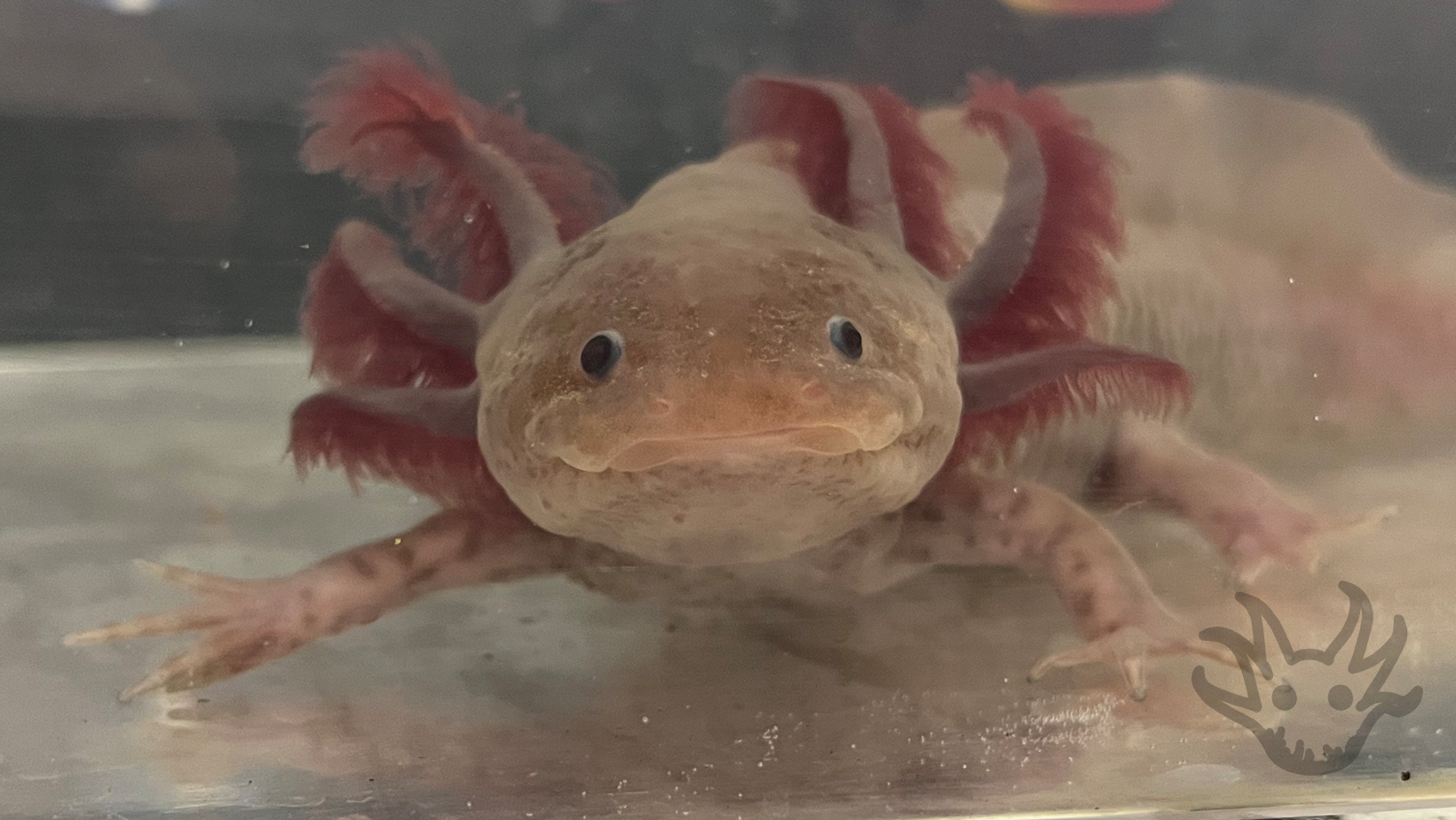Cycling
Cycling is the single most important thing you can do to prepare your tank for your axolotl, so what is it? To understand, we have to talk about chemicals and waste.
When your axolotl is in water, it releases waste, urine, poop, etc, and this results in ammonia in the water, ammonia is waste, ammonia, however, is extremely toxic to them and can even burn their skin and destroy their gills, even resulting in death if it gets too high for too long. The great news is, that nature has a great way of handling this!
Bacteria can grow under the right conditions and with enough time, convert ammonia to nitrite, and then eventually to nitrate. Why does this matter? Well, nitrate is acceptable and doesn’t harm your axolotl if it’s under 20 ppm(parts per million).
Cycling establishes this bacteria so that when you add your axolotl, ammonia is immediately converted to nitrite and then nitrate so quickly that it’s non-toxic. Pretty awesome!
To cycle we need a few things:
- An aquarium with water
- A filter with media of some type(most come with some)
- Water Dechlorinator
- And a pure ammonia source to simulate axolotl waste and stimulate the bacteria growth.
.
- You can optionally obtain already seeded media, a heater, and/or bottled bacteria for your filter from a pet store or a trustworthy seller, this can significantly speed up the process. A typical cycling process can take anywhere from 4-8 weeks, so anything is welcome!
Never cycle fish-in, with your axolotl in the tank before it’s done, as this is toxic and can be fatal. Not cycling is also not an option as then ammonia and nitrite will build up to lethal levels.
Your cycle is complete when bacteria can process 2 ppm of ammonia straight to nitrate in 24 hours. You will need a liquid test kit to test your levels of these chemicals and more. The freshwater master test kit has almost everything you need except GH and KH, which is your water hardness. It’s recommended to check this too as axolotls prefer harder water.
Water changes will be required to keep nitrate below 20 ppm, depending on the size of the aquarium you have, will change how often water must be taken out and replaced. A 40-gallon breeder, which is the current recommendation, would require about 1 50% water change a week. Anything smaller will require more work as it won’t have much water to dilute the nitrate and need more frequent water changes.
Ideal Parameters (in a cycled tank):
PH: 6.8-8.0
Ammonia: 0
Nitrite: 0
Nitrate: under 20 ppm
kH: 5°+
gH: 7°-20°
